When it comes to maintaining a comfortable and healthy indoor environment, an effective HVAC (Heating, Ventilation, and Air Conditioning) system is essential. However, even the most advanced systems can underperform or develop issues over time. That’s where HVAC system validation comes in – a vital process for ensuring that your system operates at peak performance, efficiently, and in compliance with industry standards.
What is HVAC System Validation?
HVAC system validation is the process of verifying that an HVAC system meets the required performance standards. This process involves a thorough inspection, testing, and calibration to ensure that the system is functioning optimally and efficiently. Validation checks key factors such as airflow, temperature control, humidity levels, and energy consumption. The goal is to identify any discrepancies that might affect the system’s performance or the indoor environment.
Why is HVAC System Validation Important?
-
Improved System Efficiency
An HVAC system that isn’t operating at peak efficiency can lead to higher energy consumption, resulting in higher utility bills. Through system validation, you can identify any inefficiencies such as leaks, imbalanced airflow, or incorrect thermostat settings. This can help reduce energy consumption and lower operational costs. -
Enhanced Comfort
An unvalidated HVAC system might struggle to maintain consistent temperatures, leading to uncomfortable indoor environments. Validation ensures that the system is able to properly regulate temperature and humidity levels, providing occupants with a consistent and comfortable environment. -
Prolonged System Life
Regular HVAC validation helps identify potential issues early, allowing for timely repairs and maintenance. This proactive approach can significantly extend the lifespan of your system, saving you money on costly repairs or replacements. -
Compliance with Standards
For commercial properties, HVAC systems must comply with various industry standards and regulations. Validation ensures that your system meets local building codes, environmental guidelines, and health and safety regulations. This helps avoid potential fines or legal issues. -
Improved Indoor Air Quality
A properly validated HVAC system ensures that the ventilation and filtration systems are functioning effectively. This helps remove pollutants, allergens, and other harmful particles from the air, improving indoor air quality and creating a healthier living or working environment.
Key Steps in HVAC System Validation
-
Inspection
The first step in HVAC system validation is a thorough inspection. This involves checking for visible issues such as leaks, worn-out components, or faulty wiring. It’s also important to inspect the system’s filters, ducts, and vents to ensure they’re clean and functioning properly. -
Airflow Testing
Airflow is crucial to HVAC system performance. An airflow test helps determine if the system is delivering the right amount of air to each area. This includes testing supply and return air systems, as well as verifying that vents and ducts are not obstructed. -
Temperature and Humidity Checks
Temperature and humidity are closely tied to HVAC performance. The validation process includes checking that the system is maintaining the desired temperature and humidity levels and adjusting thermostats or settings as needed. -
Energy Consumption Assessment
An energy audit is a key part of HVAC system validation. This helps assess the system’s energy usage and identify opportunities for optimization, such as recalibrating settings, improving insulation, or sealing leaks to minimize energy waste. -
System Calibration
Calibration is necessary to ensure that all components of the HVAC system are functioning according to mthe anufacturer specifications. This may involve adjusting thermostats, balancing airflow, and fine-tuning other settings to maximize system efficiency.
Benefits of HVAC System Validation
-
Cost Savings: By identifying inefficiencies and addressing issues before they become major problems, HVAC system validation can result in significant cost savings over time. Reduced energy consumption and fewer repairs can lead to lower operating costs.
-
Increased Reliability: A validated HVAC system is less likely to experience unexpected breakdowns. Regular validation ensures that components are functioning correctly and are less prone to failure.
-
Better Health and Safety: HVAC systems play a crucial role in maintaining indoor air quality. System validation ensures that your ventilation and filtration systems are removing harmful contaminants, reducing the risk of respiratory issues, allergies, or other health problems.
-
Optimized System Performance: Proper validation ensures that all components of your HVAC system are working together efficiently, maximizing performance and comfort.
